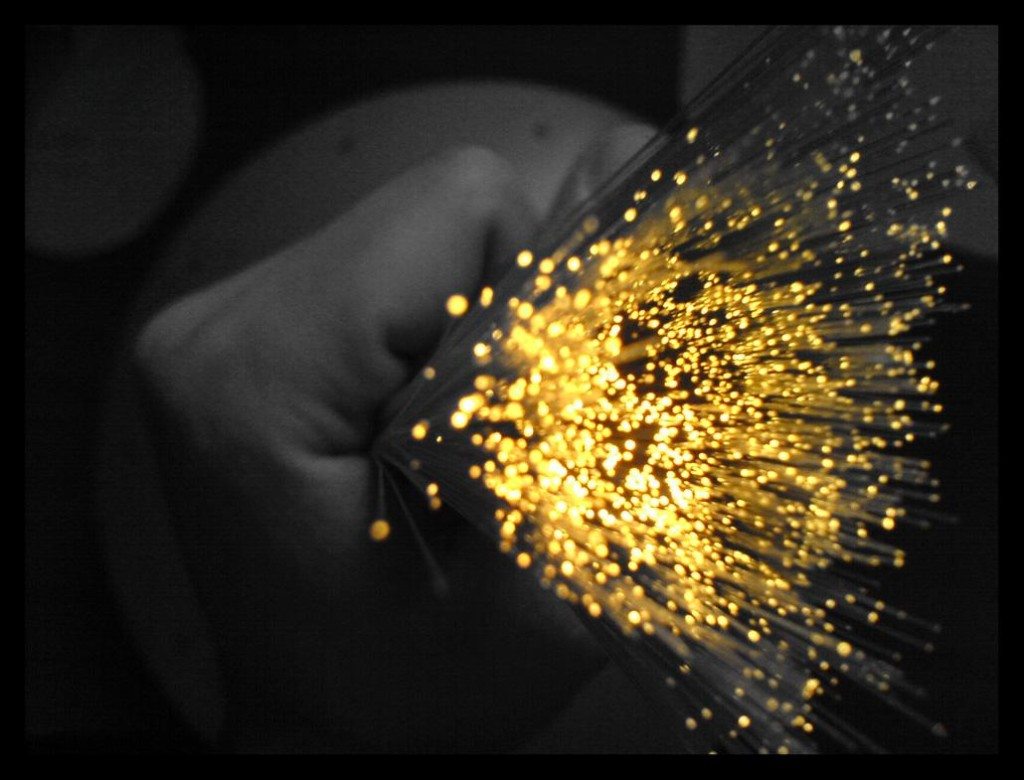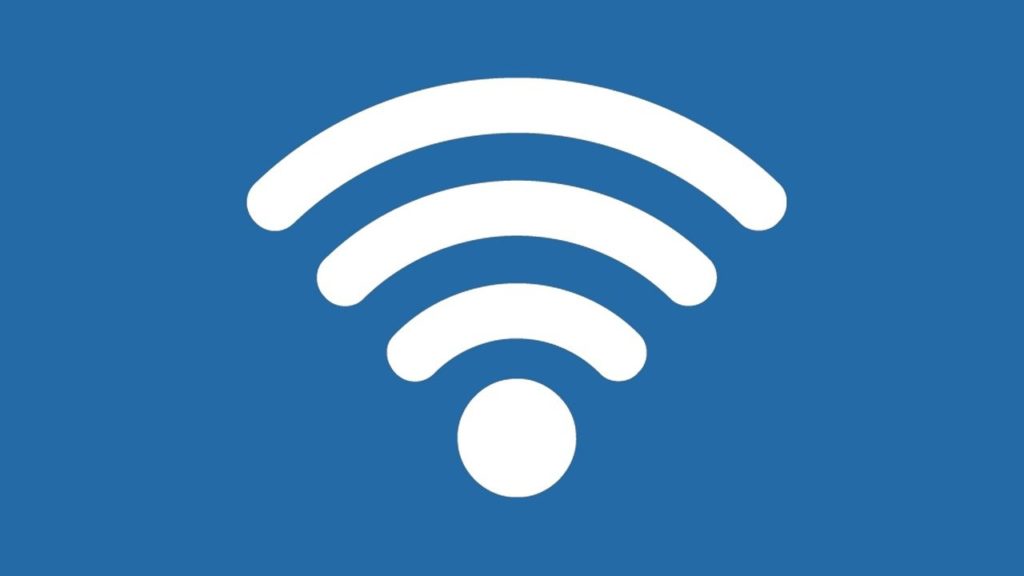A group of researchers at the University of California, San Diego have discovered a technique to double the capacity of fiber-optic circuits which will help carry more data over longer distances at a lower cost. The research has been jointly supported by fiber-optic cable manufacturer Sumitomo Electric Industries and Google.
How Does It Work?
In the report, the researchers have mentioned about a technique to “predistort” the transmitted data so that it can be decoded easily, over longer distances.
The best part is, there is no need to regenerate the signal, greatly reducing the need for repeaters.
This can be done with a device called a frequency comb. This device will help create guardrails for the light beams to encode information, before it is transmitted.
This will cut down the noise involved, before the signal reaches the end of a cable and ensure that the data being transmitted is accurate, over long distances.
The researchers have performed real-time experiments by sending messages over fiber-optic cables for over 7,400 miles, without regenerating the signal, which is a new transmission record in itself.
“After increasing the power by 20 fold, forthe optical signals we sent, we were still able to restore the original information, on using frequency combs at the outset.”said Eduardo Temprana, first author of the paper.
What’s in it for The Internet?
According to Nikola Alic, co-author of the study, the research is one step closer to the vision of an “all-optic network”.
Until now, our greatest challenge was increasing the power of lasers to overcome interference and distortion while transmitting data over large distances. But now, such a network could carry more data and would be significantly less expensive than current technology.
“Today’s fiber optic systems are a little like quicksand. With quicksand, the more you struggle, the faster you sink. With fiber optics, after a certain point, the more power you add to the signal, the more distortion you get, in effect preventing a longer reach. Our approach removes this power limit, which in turn extends how far signals can travel in optical fiber without needing a repeater,” said Mr.Alic in a press release.
According to Bart Stuck, a former Bell Laboratories scientist, similar ideas were used earlier in the era of analog voice communications. The U.C. San Diego researchers have taken this idea to the next level for the optical communication world, Stuck said to The New York Times.
Undoubtedly, it’s a revolutionary discovery in data transmission having great potential. How (or if) it will affect our lives—only time will tell.
- Plex servers compromised and held for ransom - July 10, 2015
- MasterCard is testing a treat for selfie lovers - July 7, 2015
- Amazon launches new plan to pay some authors based on number of pages read - July 6, 2015



